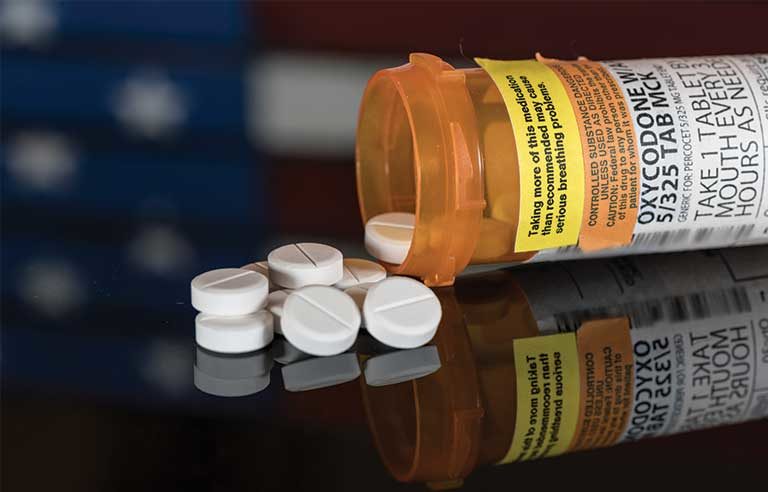Opioid-related overdose deaths on the rise: report

Atlanta — More than two-thirds of drug overdose deaths in the United States in 2017 involved opioids, according to a recent report from the Centers for Disease Control and Prevention, furthering an epidemic the agency says “continues to worsen and evolve.”
CDC researchers examined data from the National Vital Statistics System, reviewing drug overdose deaths from 2013 to 2017. They found that 47,600 of the 70,237 drug overdose deaths that occurred in 2017 (67.8 percent) were opioid-related. In addition, deaths involving synthetic opioids – including fentanyl – totaled 28,466 in 2017, a 45.2 percent increase from 2016, according to CDC calculations.
Other findings:
- From 2016 to 2017, opioid-related overdose deaths increased 12 percent overall. That figure includes increases of 12.7 percent among men and 10.6 percent among women.
- Opioid-related overdose deaths increased among all age groups 15 and older.
- People 65 and older experienced the largest increase: 17.2 percent.
- 23 states and the District of Columbia showed “significant increases” in synthetic opioid-related overdose deaths from 2016 to 2017. Arizona (122.2 percent), North Carolina (112.9) and Oregon (90.9) experienced the highest increases.
- At 17.2 per 100,000 population, West Virginia had the highest prescription opioid-related death rate among states in 2017, followed by Maryland (11.5) and Utah (10.8).
The report’s recommendations for curbing opioid-related overdose deaths include:
- Increasing access to naloxone, which can mitigate many life-threatening effects of overdoses.
- Increasing access to medication-assisted treatment.
- Expanding public health and public safety partnerships.
In October, President Donald Trump signed into law the Substance Use-Disorder Prevention that Promotes Opioid Recovery and Treatment for Patients and Communities Act. The law aims to improve the coordination of emergency department overdose care and treating substance misuse by using Food and Drug Administration-approved medications in tandem with counseling and behavioral therapies.
The study was published in the Jan. 4 issue of CDC’s Morbidity and Mortality Weekly Report.
Post a comment to this article
Safety+Health welcomes comments that promote respectful dialogue. Please stay on topic. Comments that contain personal attacks, profanity or abusive language – or those aggressively promoting products or services – will be removed. We reserve the right to determine which comments violate our comment policy. (Anonymous comments are welcome; merely skip the “name” field in the comment box. An email address is required but will not be included with your comment.)
